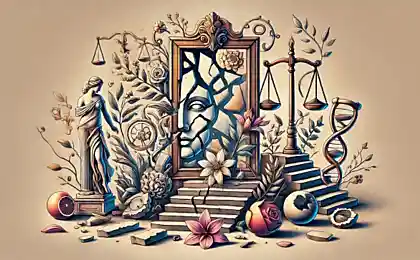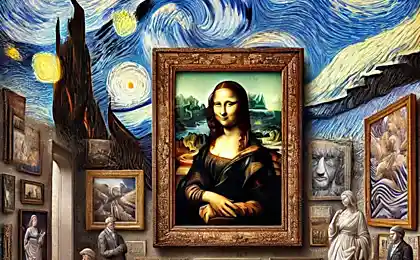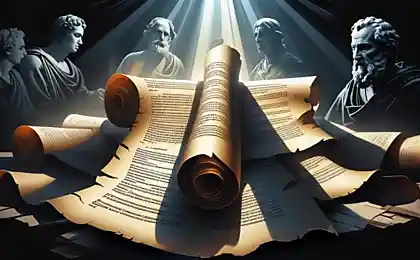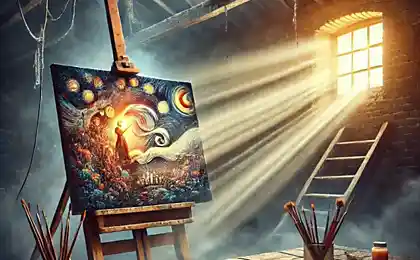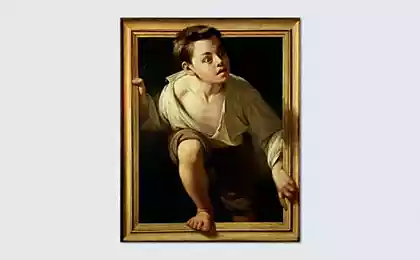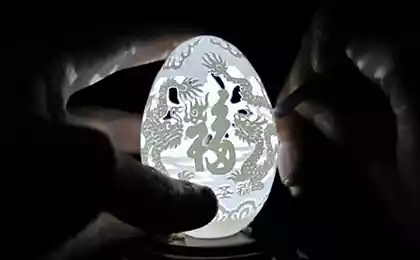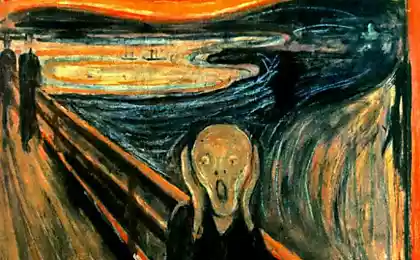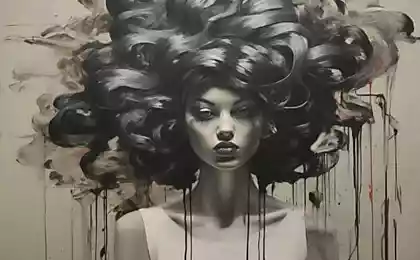262
The story of one masterpiece: how great works of art were created
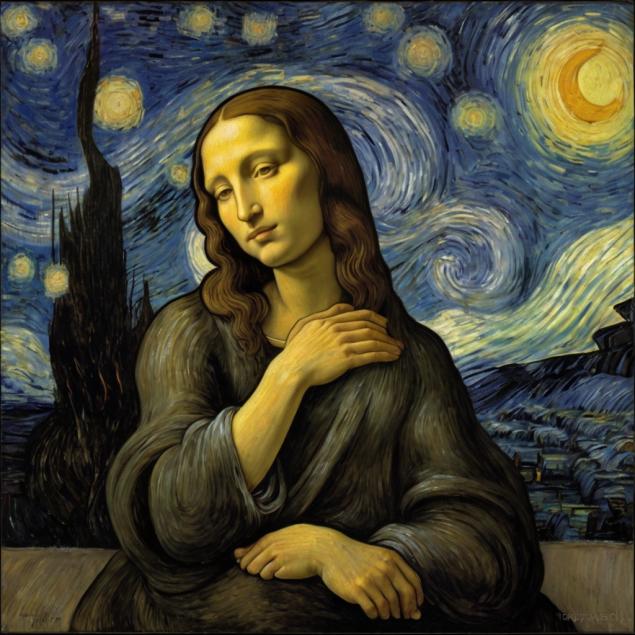
Introduction: Art as a reflection of the era
Art is not just beautiful paintings or elegant sculptures. It is a reflection of the era, emotions and ideas that inspired artists to create masterpieces. Each work of art has its own unique story, full of interesting facts, personal dramas and cultural context. In this article, we will dive into the history of the creation of three great works of art to understand how they became symbols of their time.
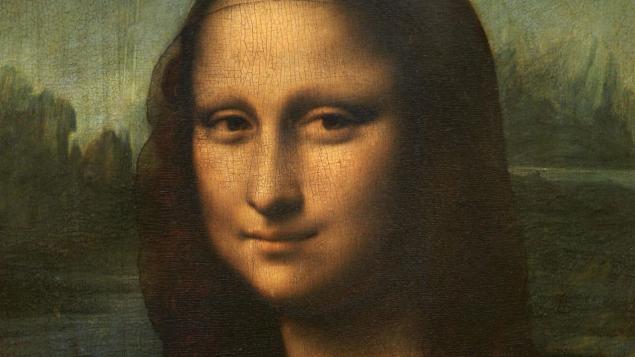
Leonardo da Vinci's Mona Lisa: The Mystery of a Smile
The Mona Lisa is one of the most famous paintings in the world, but few people know that its creation took Leonardo da Vinci more than 16 years. The artist began work on the portrait in 1503 and continued to make changes until his death in 1519. Who is the Mona Lisa? According to one version, this is Lisa Gherardini, the wife of a Florentine merchant. However, her mysterious smile still causes controversy among art critics.
Interesting fact: Leonardo used a sfumato technique that creates a haze effect, making Mona Lisa's smile so elusive.
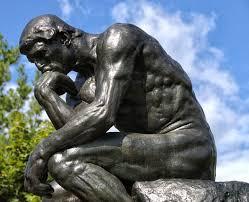
The Thinker by Auguste Rodin: Philosophy in Bronze
The Thinker is one of the most famous sculptures in the world, created by French sculptor Auguste Rodin. Initially, this figure was part of the large-scale project “Gates of Hell”, inspired by Dante’s “Divine Comedy”. The Thinker is a philosopher who reflects on the fate of mankind. Interestingly, Rodin created several versions of the sculpture, and today they are in different museums around the world.
Interesting fact: Rodin didn't give the sculpture a name. The name “Thinker” was invented by foundrymen who worked with the master.
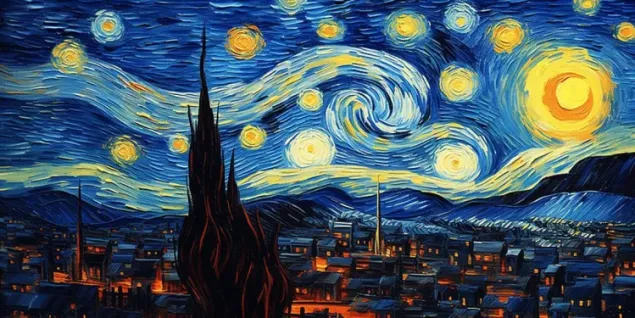
"Starry Night" by Vincent Van Gogh: The sky is on fire
“Starry Night” is one of the most recognizable paintings by Vincent Van Gogh, painted in 1889, when the artist was in a psychiatric hospital. The painting depicts the night sky above the town of Saint-Rémy de Provence, but it is not just a landscape. The vortices of stars and moons convey Van Gogh’s emotional state, his struggle with inner demons and his search for solace in art.
Interesting fact: Van Gogh wrote Starry Night from memory, as he was not allowed to work outdoors in the hospital.
Cultural context: How the Age Affects Art
Each of these works of art was created in a unique historical period that influenced its form and content. The Mona Lisa reflects the spirit of the Renaissance with its interest in the human person. Rodin’s “thinker” is a product of the era of industrialization and philosophical exploration. Van Gogh’s “Starry Night” is a reflection of the inner world of the artist, who lived in an era of change and social upheaval.
Art has always been a mirror of its time, and these masterpieces are a vivid confirmation of this.
Conclusion: Masterpieces that inspire
Histories of the creation of great works of art show that behind each masterpiece is not only the talent of the artist, but also his personal experiences, cultural context and historical events. The Mona Lisa, The Thinker and Starry Night are not just paintings and sculptures, they are windows into the past that help us better understand the world and ourselves.
Art continues to inspire and amaze, reminding us that the beauty and depth of the human soul knows no bounds.
Family budget for the lazy: the method of 4, 5 and 7 envelopes excluding finances
10 unusual places on Earth that look like another planet
